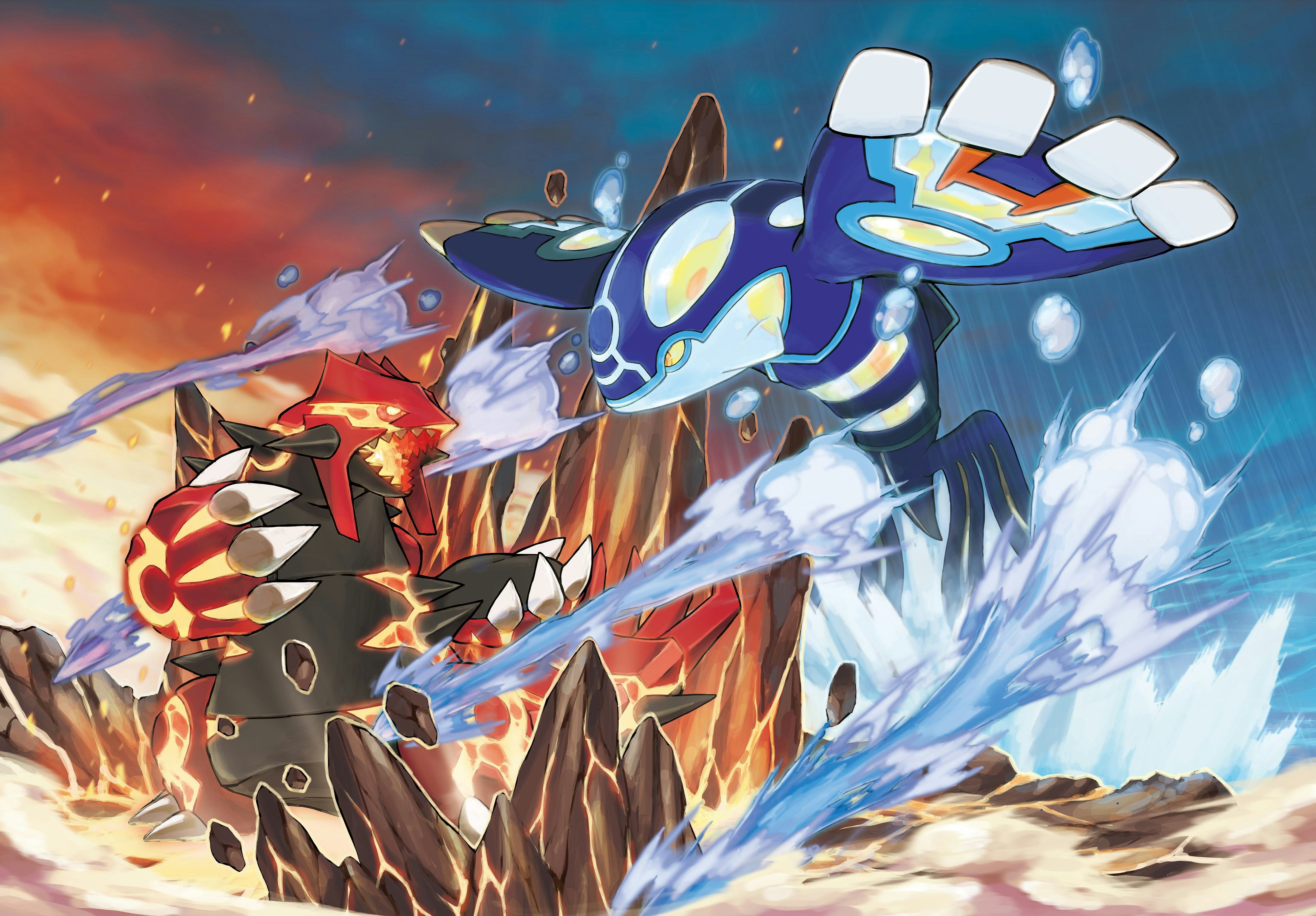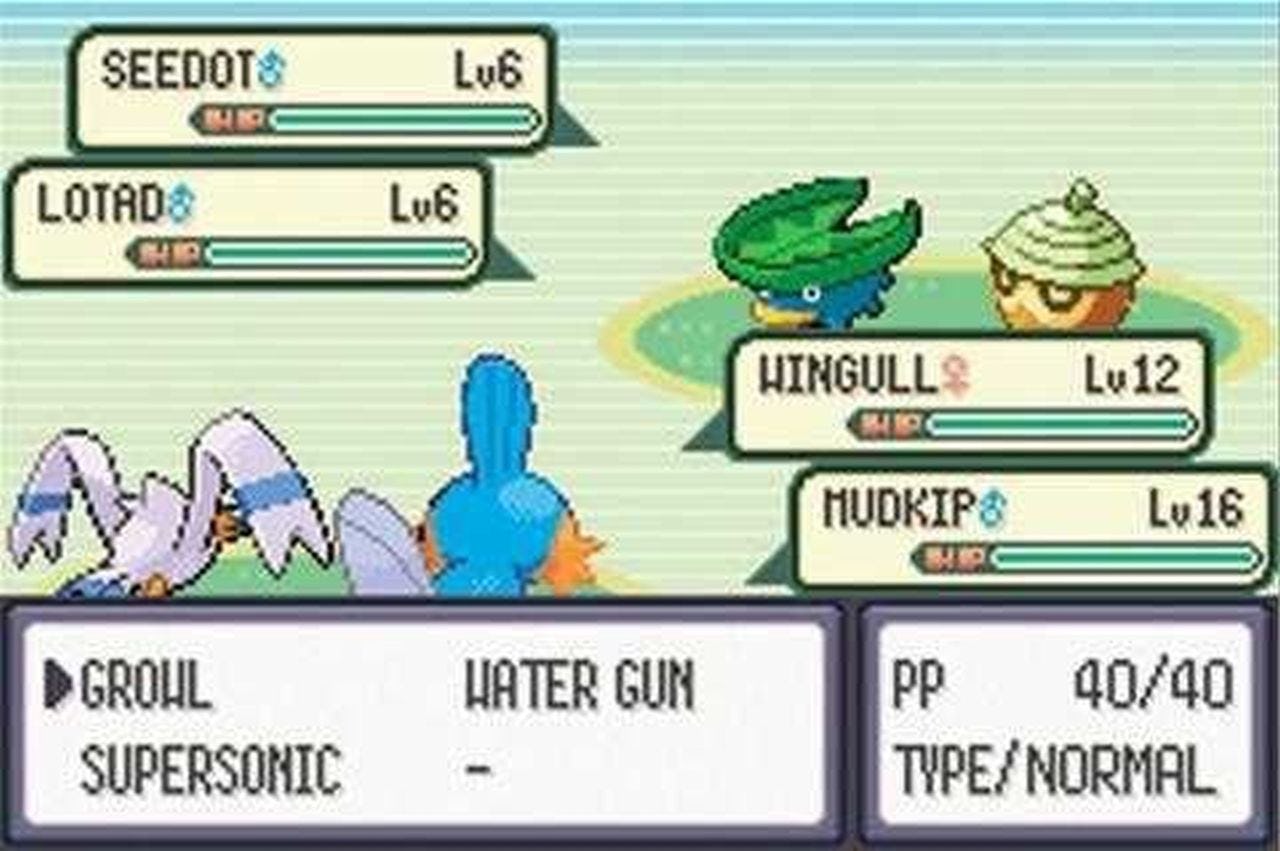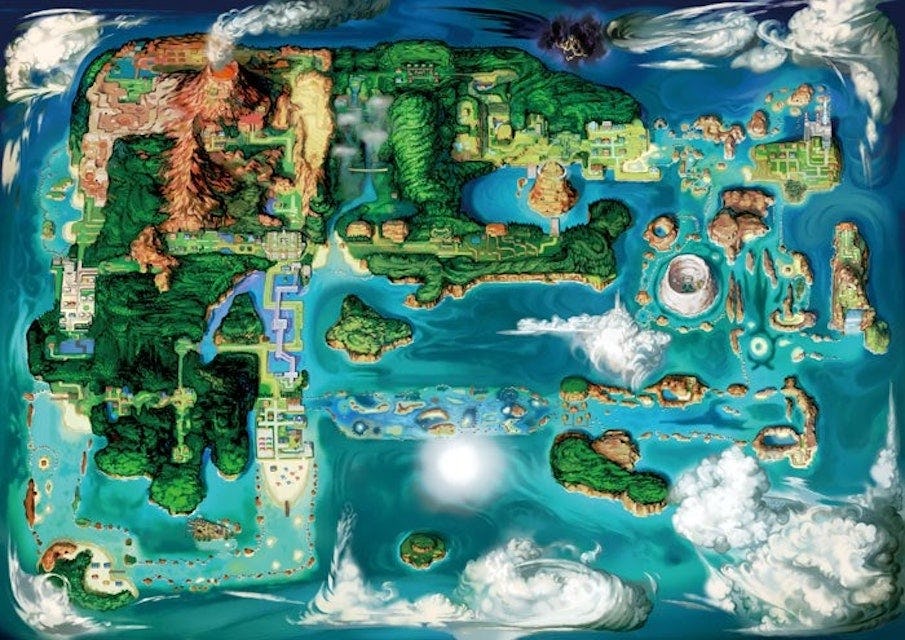
Just like the monsters that give the iconic series its title, Pokémon is always evolving. From generation to generation, new creatures, features, and better graphics push Nintendo’s monster-catching franchise in an ever-forward trajectory. Much has changed in the series' 27 year-long lifetime, but to this day, the influence of the third generation of Pokémon can still be felt. When Pokémon Ruby and Sapphire were released, they brought the series into a new era of handhelds with an ambition that forever left its mark on the franchise.
Pokémon Ruby and Sapphire hit the ground running upon release, literally. One of the most welcome new additions to the series introduced with Ruby and Sapphire was the running shoes. This item was gifted to the player before laying their starting town and enabled them to do something they could never do before in a Pokémon game: run.

The region of Hoenn is expansive, and being able to sprint through the world made traveling easier than it had been in any previous game. It also became a risk and reward system, as running through areas with Pokémon would increase the likelihood of random encounters. This could be perfect for trainers looking to catch new Pokémon, or disastrous for those low on health just trying to get to the next town.
Running into danger could be more trouble than players were expecting when first booting up Ruby and Sapphire. The third generation introduced plenty of new features that ramped up the challenge. The first of these additions was abilities, which gave certain Pokémon Types or individual Pokémon special qualities in battle. Some abilities would make a Pokémon resistant to specific types of attacks, or increase their attack based on the weather. Oh yeah, these games have weather.
Rain or shine, sleet or snow; any weather in the game had to be considered during battle. Different regions were more likely to have certain weather conditions which if you weren't careful about could hinder your chosen party greatly in battles. Which became even more difficult when encountering Double Battles. These had the player and the opponent battling with two Pokémon each at once. All of these features together made battles more strategic than ever before, encouraging the player to consider weather conditions, abilities, and party makeup to an extreme level.
However, Ruby and Sapphire also offered players a way to interact with their Pokémon beyond using them in battle. Hoen was the first region to have Pokémon Contests, which are basically dog shows of the Pokémon world. Players would show off a chosen Pokémon by having it perform moves for judges in hopes of getting the top score. Like battles, Pokémon Contests required strategy and could only be won if you also took the time to make sure your Pokémon's condition was at its best and it was also fed with the best berries around.

These mechanical changes all built out the gameplay of Pokémon, making it something more than just a simple monster battler. All of these mechanics continue to be found in modern Pokémon games, as well as even newer additions that follow in the spirit of inventing new ways to interact with the world of Pokémon. Yet Ruby and Sapphire made one more massive contribution to the franchise. It was the first generation to tell a complex story.
The Hoenn region is inspired by the real-world Japanese island of Kyushu. The island is defined as much by volcanic activity and mud springs as it is the ocean surrounding it, which can be seen in Hoenn’s large amount of water to traverse. Beginning in the late ‘80s, Japan began a reclamation project in Isahaya Bay in order to create more land for agriculture. This project was completed in 2008 but was an active point of debate in Japan during the development of Ruby and Sapphire.
The central conflict in Ruby and Sapphire concerns Team Magma and Aqua, each with their own drive to protect the land or sea. It is a direct reflection of the discussion over Isahaya bay, with Magma’s plan to expand the land a reflection of the reclamation project and Aqua’s plan to expand the sea a reflection of citizens’ desire to protect the bay and its natural wildlife habitat. Ruby and Sapphire’s overt political story is a first for the franchise and paved the way for later games like Black and White to push the narrative of Pokémon.
Even with the massive evolutions the series has made in the twenty years since Ruby and Sapphire were released, the third generation of Pokémon was full of contributions to the series that changed it forever and still make them worth revisiting.







